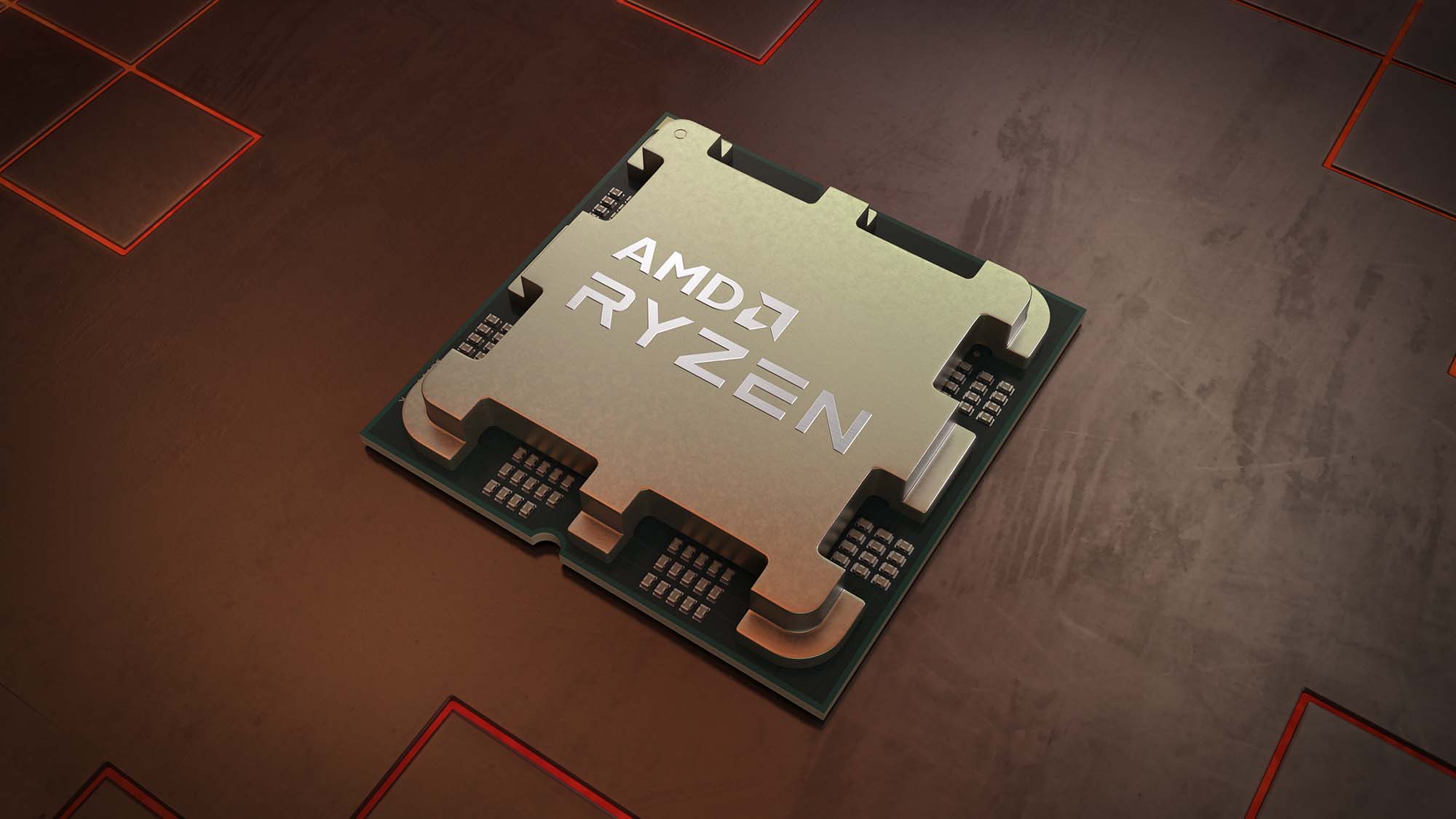Leaked spec for AMD’s Kraken Point laptop chips prompts disappointment... but don’t panic yet
Rumored spec suggests these APUs could be more of a squid than a Kraken

AMD’s next-gen Kraken Point APUs – all-in-one chips that pack integrated graphics and AI cores, designed for laptops – are the latest subject of the processor rumor mill.
VideoCardz spotted that a leaker on X (formerly Twitter), Olrak29, posted about the configuration of the top Kraken Point APU, which should (add seasoning) have 8-cores, four of which will be full Zen 5 cores, and four will be smaller Zen 5c cores.
Kraken Point has 4x Zen 5 + 4x Zen 5c core configJanuary 25, 2024
Olrak29 also believes that the integrated graphics will have 8 CUs (Compute Units), as detailed in a separate tweet.
As previously rumored, those graphics will be RDNA 3 refresh (known as RDNA 3.5) and these all-in-one chips also have an XDNA 2-powered NPU on top (to boost AI workloads) as well as those Zen 5 processor cores.
The current Hawk Point APUs recently revealed (last month, in fact) are built on Zen 4 architecture, with RDNA 3 graphics, and an XDNA 1 NPU.
Kraken Point is expected to arrive at the start of 2025 to take the baton from Hawk Point, but there will be other more powerful APUs alongside it – including at the very top-end some seriously beefy chips known as Strix Point Halo (with vanilla Strix Point also coming, but arriving later this year, if the rumors are right).
Analysis: A damp squid? (Phrase mangling intentional)
There’s been some disappointment around this rumor, with folks thinking that Kraken Point doesn’t sound all that powerful for a next-gen (premium-level) APU compared to Hawk Point.
Get daily insight, inspiration and deals in your inbox
Sign up for breaking news, reviews, opinion, top tech deals, and more.
Some of the negative reaction has been around the fact that it’s sticking with 8-cores, but dropping half of those cores to smaller (Zen 5c) cores, and also that the integrated graphics are apparently pegged at just 8 CUs.
The flagship for Hawk Point offers 12 CUs, but of course the upgrade to RDNA 3.5 with Kraken Point must count for something. The same is true for the step on to Zen 5, and regarding the Zen 5c cores, remember that these are lower-power affairs, but not nearly as cut back as Intel’s efficiency cores in its hybrid CPUs.
Besides, these are just rumors anyway, and really it’s too early in the game to start getting down on the prospects of these next-gen APUs. It’s unlikely that AMD will be cooking up something which isn’t a decent step forward, because, well, that’s how next-gen products are designed – to be a reasonable bit more powerful.
However, it is possible that these Kraken Point APUs may offer a more modest leap in performance relative to previous generational gains, perhaps because AMD is taking a somewhat different angle here. Namely Kraken Point could be focusing more on efficiency, and indeed, this design looks more akin to what Intel is doing with Lunar Lake (its incoming laptop-targeted chips with an emphasis on performance per watt, or efficiency, aimed at super-slim laptops).
Also, it’s worth noting that the NPU in Kraken Point is rumored to be much more powerful, to the tune of treble the XDNA-powered processor in Hawk Point. So, these rumored specs could reflect AMD refocusing its priorities with this class of APU to a certain extent. In short, let’s not get caught up in any negativity yet…
Even if all this speculation is bang on the money, as mentioned it isn’t like AMD won’t be attacking on the performance front, as there will also be beefier top-end APUs sitting above Kraken Point, including Strix Point, and right at the top, Strix Point Halo. The latter is set to have a mighty 40 CUs and could seriously supercharge the best laptops, giving Apple’s own silicon and MacBooks a run for their money.
You might also like
Darren is a freelancer writing news and features for TechRadar (and occasionally T3) across a broad range of computing topics including CPUs, GPUs, various other hardware, VPNs, antivirus and more. He has written about tech for the best part of three decades, and writes books in his spare time (his debut novel - 'I Know What You Did Last Supper' - was published by Hachette UK in 2013).